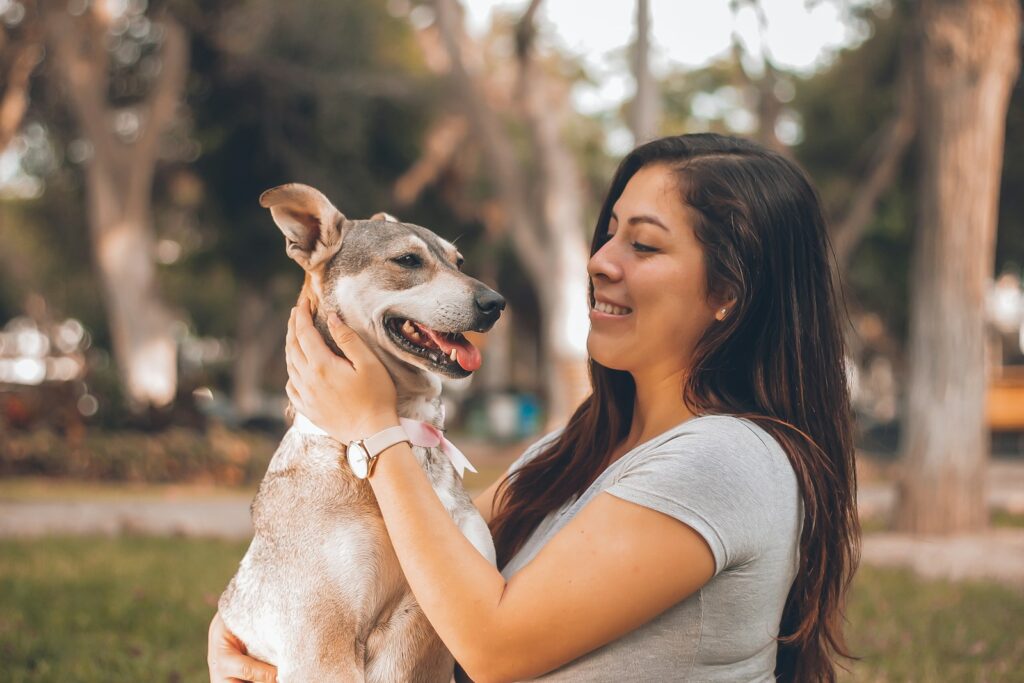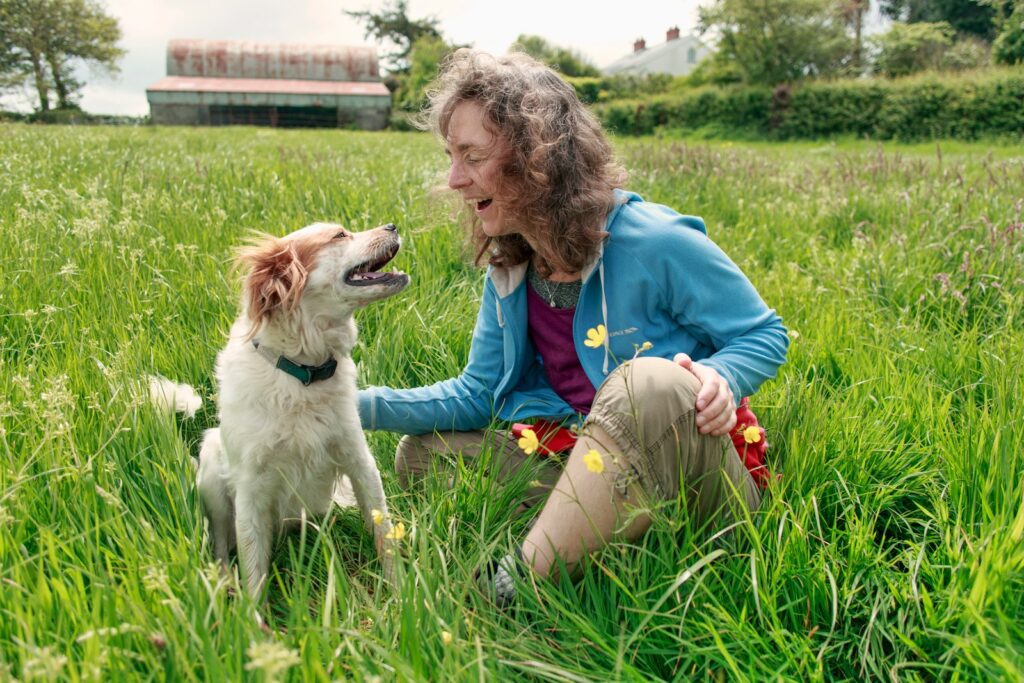15 Dog Facts That’ll Blow the Mind of Any Cat Person

If you’re a cat person, you might think you know everything there is to know about pets — but when it comes to dogs, there are a few mind-blowing facts you might not have heard. From their uncanny ability to sense time to their surprising emotional depth, dogs have 15 skills that’ll make even the most dedicated cat lover pause and rethink.
Dogs Can Smell Time

Dogs don’t just have a great nose — they use it to track time. As the day goes on, smells in your home shift and fade, and your dog picks up on those tiny changes. That’s why they always seem to know when it’s almost time for you to come home. While cats nap through the hours, dogs are literally sniffing out the schedule.
Their Noses Are Wet for a Reason

That wet nose isn’t just for sniffing your food — it helps your pup smell better. The moisture traps scent particles in the air, letting them pick up on things humans can’t even imagine. Cats, on the flip side, rely more on sight and sound, but dogs are basically living, breathing scent detectives with wet noses to match.
Dogs Understand Human Words — and Tones

Dogs do more than just react to your voice — they actually understand it. They can recognize dozens, sometimes even hundreds, of words, and they read your tone to know how you’re feeling. Say something nice in a grumpy tone, and they’ll still catch on. Cats might hear you, but dogs process what you say and how you say it, which makes every word matter to them.
They Can Detect Illness Before You Can

Dogs are natural healers in ways we’re still figuring out. They can detect changes in your body’s chemistry, like when your blood sugar drops or even when cancer is present. Some dogs have been known to sniff out health issues long before doctors do. Cats might comfort you when you’re sick, but dogs are out here acting like four-legged doctors with noses that can save lives.
Dogs Have a “Joy Jump” in Their Brain

When a dog sees someone they love, a part of their brain lights up just like it does in humans when we feel happiness. That’s why they jump, spin, and wag like they can’t hold it in — they’re genuinely thrilled to see you. Cats may give a blink or a tail flick, but dogs basically throw a one-dog party just because you walked through the door.
Dogs Can Hear Sounds You’ll Never Notice

Dogs have hearing that’s way beyond the human level — they can listen to high-pitched sounds from far away, including frequencies that humans don’t even register. That’s why they often react before you hear a car, a thunderstorm, or someone at the door. While cats also have sharp ears, dogs actually respond to what they hear with alertness or action, making them feel almost psychic to the people around them.
Their Loyalty Isn’t Just a Myth — It’s Biology

Dogs have been bred for generations to bond with humans, and their brains release oxytocin — the “love hormone” — when they look at someone they trust. That’s the same hormone that connects human parents to their children. So when your dog stares at you like you’re the center of the universe, they aren’t just being cute. They’re literally feeling love on a biological level. Cats? Not so much.
Dogs Can See in the Dark Better Than You Think

Dogs don’t have night vision like in the movies, but their eyes are built to catch low light. Thanks to a special layer in their eyes, aka “tapetum lucidum,” they can spot movement in a dim light way better than you can. That’s why they’ll bark at things you can’t even see outside. Cats may be the kings of night prowling, but dogs hold their own just fine.
They Can Dream Just Like People

Dogs go through sleep cycles just like humans, and they hit REM sleep, where dreams happen. That twitching, running-in-their-sleep thing? That’s the dream — maybe about chasing a ball or running at the park. Pups and older dogs dream more often, and those little barks or leg kicks aren’t random. They’re signs that your dog is living a whole second life in their sleep.
Dogs Can Tell If You’re Upset — and They Care

Dogs don’t just sense emotions — they react to them. If you’re sad or stressed, many dogs will come close, try to snuggle, or even nudge you with their nose. They’ve evolved to recognize human facial expressions and respond with comforting behaviors. While cats often keep their distance during emotional moments, dogs step in like furry emotional support buddies who want to see you smile again.
Dogs Know When You’re Lying

Dogs may not speak our language, but they’re surprisingly good at picking up when something’s off. Studies show that if you lie to a dog, like pretending to throw a ball but not actually doing it, they remember. If you do it too often, they start ignoring your cues. It’s not just about trust, it’s about learning who’s consistent. Cats wouldn’t care, but dogs definitely do.
Their Sense of Direction Is Magnetic

It sounds unbelievable, but scientists have found that dogs can sense the Earth’s magnetic field. They often align their bodies north-south when they go to the bathroom, and some dogs may even use this inner compass to find their way home over long distances. While cats have good homing instincts, too, this magnetic sense gives dogs an extra layer of natural navigation skills.
Dogs Have Facial Muscles Just for You

Over thousands of years, dogs developed special facial muscles that allow them to make expressive, human-like faces. That classic “puppy dog eyes” look? It’s not an accident — it evolved because it melts human hearts. Cats may blink slowly, but dogs can raise their eyebrows, tilt their heads, and give almost human looks, all because they’ve learned how to speak directly to your heart without words.
Dogs Can Learn from Watching Humans

Dogs don’t just respond to commands — they can watch what you do and figure out how to copy it. If you open a gate or push a door, a dog can observe and learn how to do it. It’s not just obedience, it’s problem-solving by watching people. Cats are curious, but dogs are actively studying your every move and figuring things out from it.
They Can Fall in Love — and Stay That Way

Dogs build strong bonds not just with people but also with other animals. Once that bond is made, it sticks. They feel joy when reunited with someone they love, and some even grieve when that person or pet is gone. That level of emotional depth makes dogs so connected to us — they don’t just like you; they’re truly attached to life.





